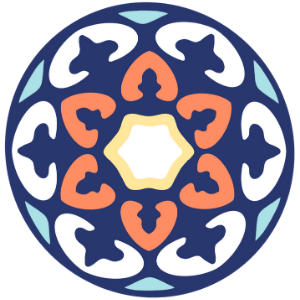Interview: Lea Kannar-Lichtenberger
I had the pleasure of interviewing Lea Kannar-Lichtenberger and getting to know more about her as an artist, her research based work and her incredible story. She is knowledgeable, an amazing storyteller and has a great sense of humor.
Lea Kannar-Lichtenberger is an environmental artist exploring the connections surrounding human impact on islands and isolated environments. Examining through immersive residencies as artist/tourist, traveler, observer, Lea looks beyond the travel guide rhetoric to create artworks and installations examining the impact of the Anthropocene and consumerism on the Utopian destination.
Tell us a little bit about yourself, your name and what do you do?
“I started my ilfe, strangely enough, in the oil industry”
How did you make that career change?
Would you consider yourself a multimedia artist?
“For me, it is about storytelling and I just don’t have one way to tell a story”
Was there something in particulars that inspired you to look at conservation?
“The irony is if it were a ten thousand year old rock art in Europe, it would’ve been an outcry all over”
Towards Dystopia 2015
Water Installation, film and sound; 1min looping video projection, ceramics - high fired with decals, Perspex Petri dish 120cm dia x20cm, Perspex fish tank 150x20x15cm, transparent piping, fountain pump, milk crate, beach debris collected from Lord Howe Island, highly salted water and a tea urn.
Size is 400 x 350 x 400 cm
Which has been an artwork/installation you have created that was impactful?
“The chick wants more, the chick is underfed. The mother would love to give it more but can’t because of something we stick in our mouth every day.”
Gagged
Year of production:2015
Running Time: 15:00 min
Gagged (3 video works looped) performed by Molly Morphew, choreography and directing by Lea Kannar-Lichtenberger with written text by writer Carl Safina 2015.
How is art important when it comes to science?
“Poo hoo little girl, what would you know? You’re just an artist, you’re not a scientist and that would never happen”
What advice would you give to other artists?
“There are scientists out there who just want to work with us”
Cumulative Distress/Effect 2020 V1 Sculpture by the Sea - Cottesloe 2020,
Block Ice (100 x 50 x 40 cm or 250 litres) , Ocean debris, large scale petri dish (120cm dia), fishing net and tepee frame. 200 x 200 x 200 cm
“Images can only do so much to give us an understanding of the problem and scale of debris in the oceans. This work part ephemeral and part permanent, creates an intersection which engages the viewer by considering how our contemporary lives intersect with the natural world.
At the centre of this work sits blocks of ice that have embedded the debris collected by me from one island close to Sydney’s shores, Lord Howe Island. A collection from 3 beaches there have been frozen into 6 large blocks of ice and will be sequentially placed into a Petri dish surrounded by a fishing net.
As each block melts it disgorges its contents into the Petri dish, every 3 days a new block is placed on the plinth in the dish to continue the process. Systematically as each block melts, the viewer can witness the debris as it accumulates in the dish, just as the waves deposit pieces over time on our beaches. Finally, the scale of the ocean plastic problem will become more tangible with the melting of the final block.
The use of the Petri dish in capturing not just the debris but the melt waters of each block acts as a signifier of science that gave us plastic and global challenges and yet holds our expectations as our saviour.”









